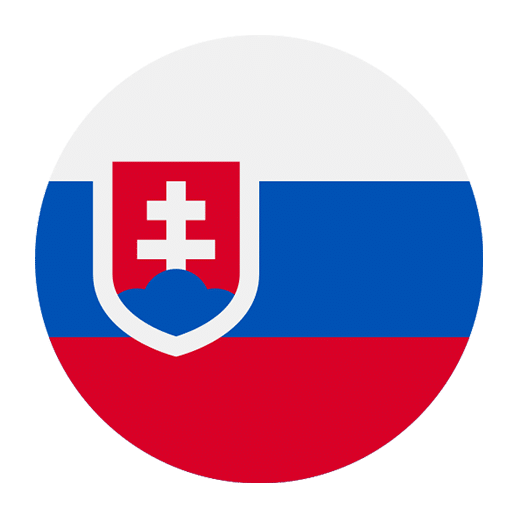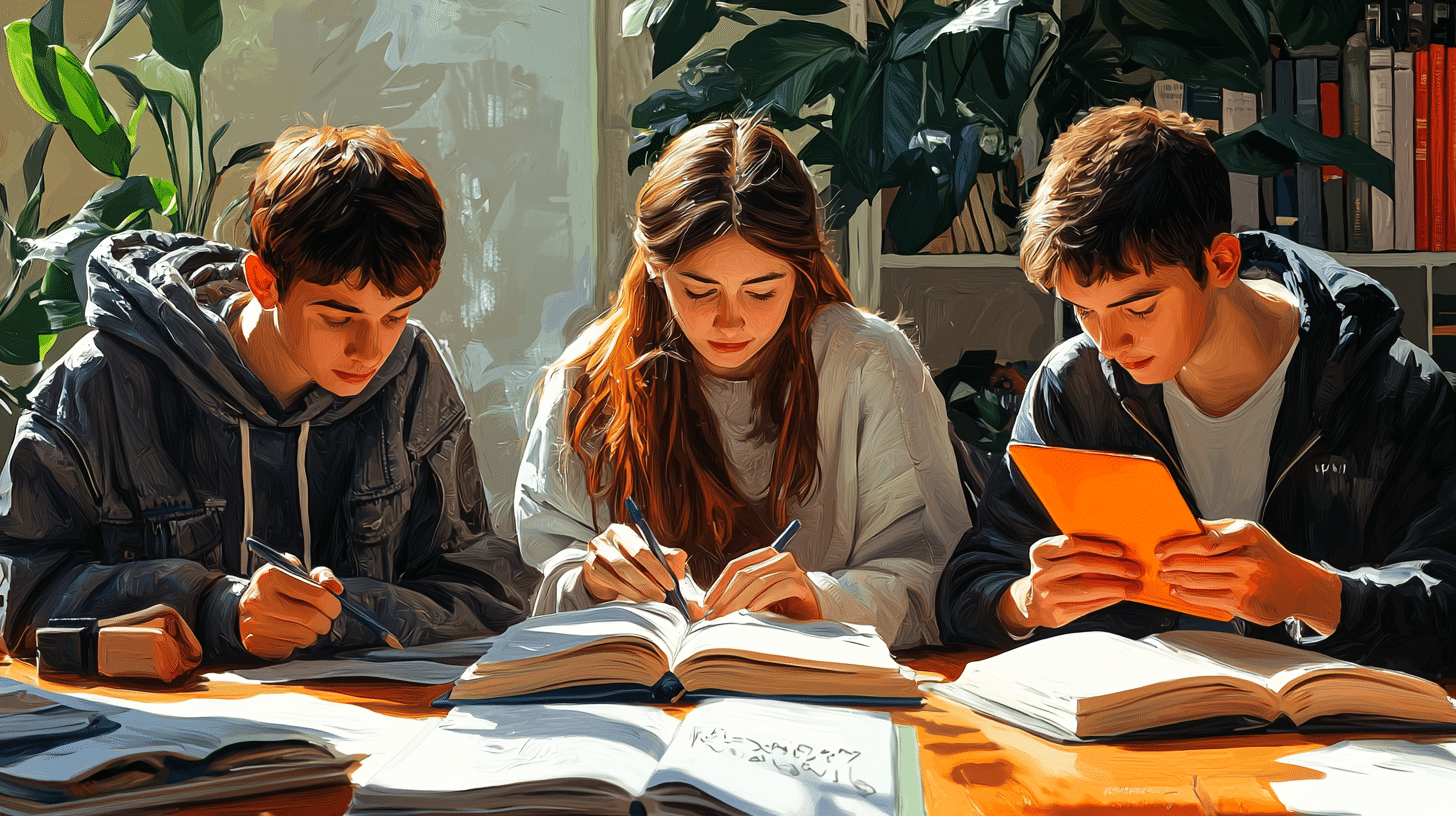Slovak, a Slavic language spoken primarily in Slovakia, offers a rich and diverse vocabulary for describing literary genres. Whether you’re a language learner looking to expand your Slovak vocabulary or a literature enthusiast eager to explore Slovak literature, understanding these terms can greatly enhance your appreciation of the language and its literary traditions. This article delves into the Slovak terms for various literary genres, providing context and examples to help you grasp their meanings and uses.
Fiction Genres
Román (Novel)
The Slovak term for a novel is román. Just like in English, a román refers to a long, fictional narrative that explores various themes and characters. Slovak literature boasts a wide array of novels that span different genres, including historical, romantic, and science fiction.
Example:
– “Pán prsteňov” je známy román od J.R.R. Tolkiena. (The Lord of the Rings is a famous novel by J.R.R. Tolkien.)
Poviedka (Short Story)
A poviedka is a short story, typically focusing on a single event or a small number of characters. Short stories in Slovak literature often explore deep emotional or philosophical themes within a concise format.
Example:
– “Čierny kocúr” je známa poviedka od Edgara Allana Poea. (The Black Cat is a famous short story by Edgar Allan Poe.)
Rozprávka (Fairy Tale)
The term rozprávka is used for fairy tales. These stories often involve magical elements, fantastical creatures, and moral lessons. Slovak folklore is rich with traditional rozprávky that have been passed down through generations.
Example:
– “Popoluška” je populárna rozprávka známa po celom svete. (Cinderella is a popular fairy tale known around the world.)
Detektívka (Detective Story)
A detektívka is a detective story or a mystery novel, focusing on crime and investigation. These stories often revolve around a detective or an amateur sleuth solving a crime or unraveling a mystery.
Example:
– “Sherlock Holmes” je slávna detektívka od Arthura Conana Doyla. (Sherlock Holmes is a famous detective story by Arthur Conan Doyle.)
Romantika (Romance)
The term romantika refers to romance literature. These stories primarily focus on the romantic relationships between characters, often exploring themes of love, passion, and heartache.
Example:
– “Pýcha a predsudok” je klasická romantika od Jane Austenovej. (Pride and Prejudice is a classic romance by Jane Austen.)
Vedecká fikcia (Science Fiction)
The term for science fiction in Slovak is vedecká fikcia. These stories often explore futuristic concepts, advanced technology, and speculative scenarios.
Example:
– “Duna” je známa vedecká fikcia od Franka Herberta. (Dune is a famous science fiction novel by Frank Herbert.)
Non-Fiction Genres
Biografia (Biography)
A biografia is a biography, a detailed account of a person’s life written by someone else. Slovak literature includes numerous biographies of historical figures, artists, and other notable individuals.
Example:
– “Steve Jobs” je fascinujúca biografia napísaná Walterom Isaacsonom. (Steve Jobs is a fascinating biography written by Walter Isaacson.)
Autobiografia (Autobiography)
An autobiografia is an autobiography, where the author writes about their own life. These works provide personal insights and firsthand accounts of the author’s experiences.
Example:
– “Môj život” je inšpiratívna autobiografia od Helen Kellerovej. (The Story of My Life is an inspiring autobiography by Helen Keller.)
Esej (Essay)
The term esej refers to an essay, a short piece of writing on a particular subject. Essays in Slovak literature cover a wide range of topics, from personal reflections to critical analyses.
Example:
– “O slobode” je slávna esej od Johna Stuarta Milla. (On Liberty is a famous essay by John Stuart Mill.)
História (History)
The term história is used for historical writings, including books and articles that explore past events and eras. Slovak history is rich and complex, providing ample material for historical literature.
Example:
– “Dejiny Slovenska” je dôležitá história o slovenskom národe. (The History of Slovakia is an important historical work about the Slovak nation.)
Sprievodca (Guidebook)
A sprievodca is a guidebook, providing practical information and advice on various topics, such as travel, cooking, or hobbies.
Example:
– “Lonely Planet: Slovensko” je obľúbený sprievodca pre turistov. (Lonely Planet: Slovakia is a popular guidebook for tourists.)
Poetry and Drama
Báseň (Poem)
The term báseň refers to a poem, a piece of writing that expresses ideas and emotions through a distinctive style and rhythm. Slovak poetry has a long tradition, with many notable poets contributing to its richness.
Example:
– “Orol” je krásna báseň od slovenského básnika Pavla Országha Hviezdoslava. (The Eagle is a beautiful poem by Slovak poet Pavol Országh Hviezdoslav.)
Poézia (Poetry)
The broader term for poetry in general is poézia. This encompasses all forms of poetic expression, from sonnets to free verse.
Example:
– Slovenská poézia je plná nádherných a inšpiratívnych básní. (Slovak poetry is full of beautiful and inspiring poems.)
Divadelná hra (Play)
A divadelná hra is a play, a form of literature written to be performed by actors on a stage. Slovak drama includes both traditional and contemporary works, often reflecting social and political themes.
Example:
– “Hamlet” je slávna divadelná hra od Williama Shakespeara. (Hamlet is a famous play by William Shakespeare.)
Komédia (Comedy)
The term komédia refers to comedy, a genre of play or literature that aims to entertain and amuse the audience. Comedies in Slovak literature often use humor to address serious subjects or to satirize societal norms.
Example:
– “Ženba” je vtipná komédia od Nikolaja Vasilieviča Gogoľa. (The Government Inspector is a funny comedy by Nikolai Gogol.)
Tragédia (Tragedy)
A tragédia is a tragedy, a genre of play or literature that explores serious themes and often ends in disaster for the main characters. Tragedies in Slovak literature frequently delve into human suffering and moral dilemmas.
Example:
– “Antigona” je klasická tragédia od Sofokla. (Antigone is a classic tragedy by Sophocles.)
Children’s Literature
Detská literatúra (Children’s Literature)
The term detská literatúra refers to children’s literature, including books, stories, and poems written specifically for a young audience. Slovak children’s literature is rich with imaginative tales and educational stories.
Example:
– “Pipi Dlhá pančucha” je obľúbená detská literatúra od Astrid Lindgrenovej. (Pippi Longstocking is a popular children’s book by Astrid Lindgren.)
Obrázková kniha (Picture Book)
An obrázková kniha is a picture book, a type of children’s book that combines visual and textual storytelling. These books are often used to introduce young children to reading.
Example:
– “Malý princ” je krásna obrázková kniha od Antoina de Saint-Exupéryho. (The Little Prince is a beautiful picture book by Antoine de Saint-Exupéry.)
Rýmovačka (Nursery Rhyme)
A rýmovačka is a nursery rhyme, a short, rhyming poem or song for children. These rhymes are often used to teach language and rhythm to young learners.
Example:
– “Baa, Baa, Black Sheep” je známa anglická rýmovačka. (Baa, Baa, Black Sheep is a well-known English nursery rhyme.)
Conclusion
Understanding these Slovak terms for literary genres can significantly enhance your language learning journey and deepen your appreciation of Slovak literature. Whether you’re reading a classic román, a touching báseň, or a delightful rozprávka, these terms provide the keys to exploring a rich and diverse literary tradition. As you continue to study Slovak, incorporating these terms into your vocabulary will help you better understand and enjoy the myriad of stories and texts that the language has to offer. Happy reading!

